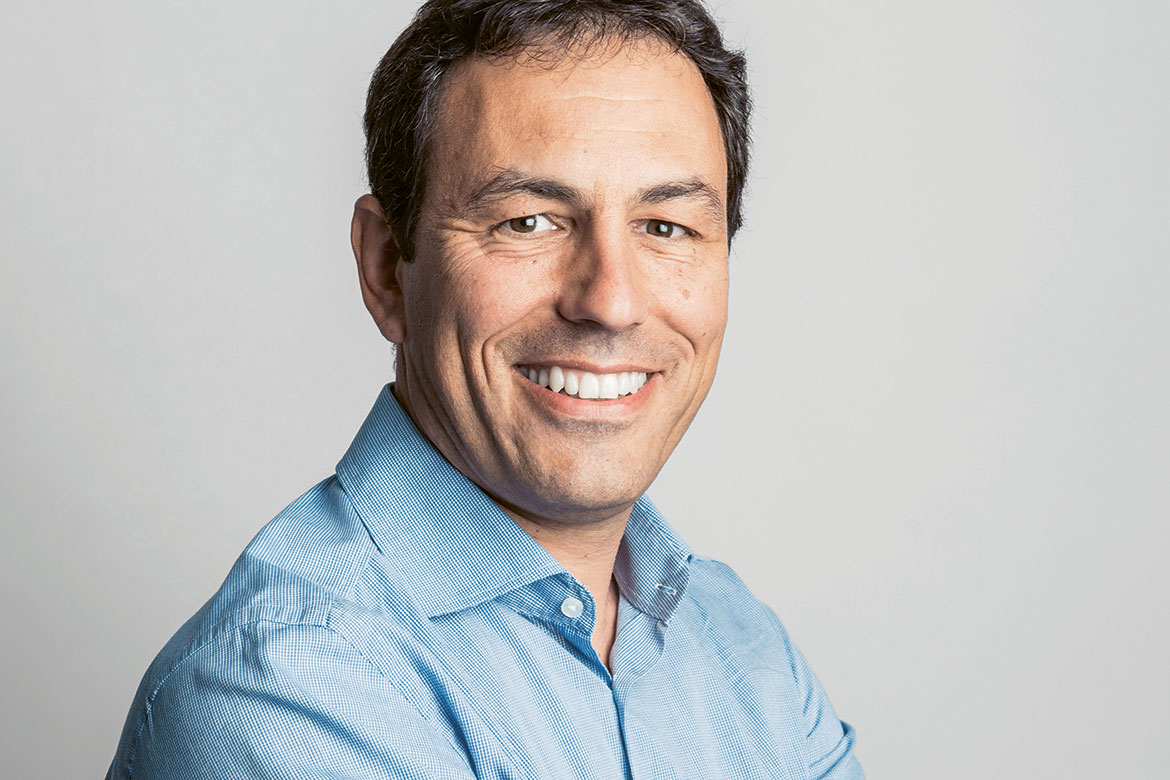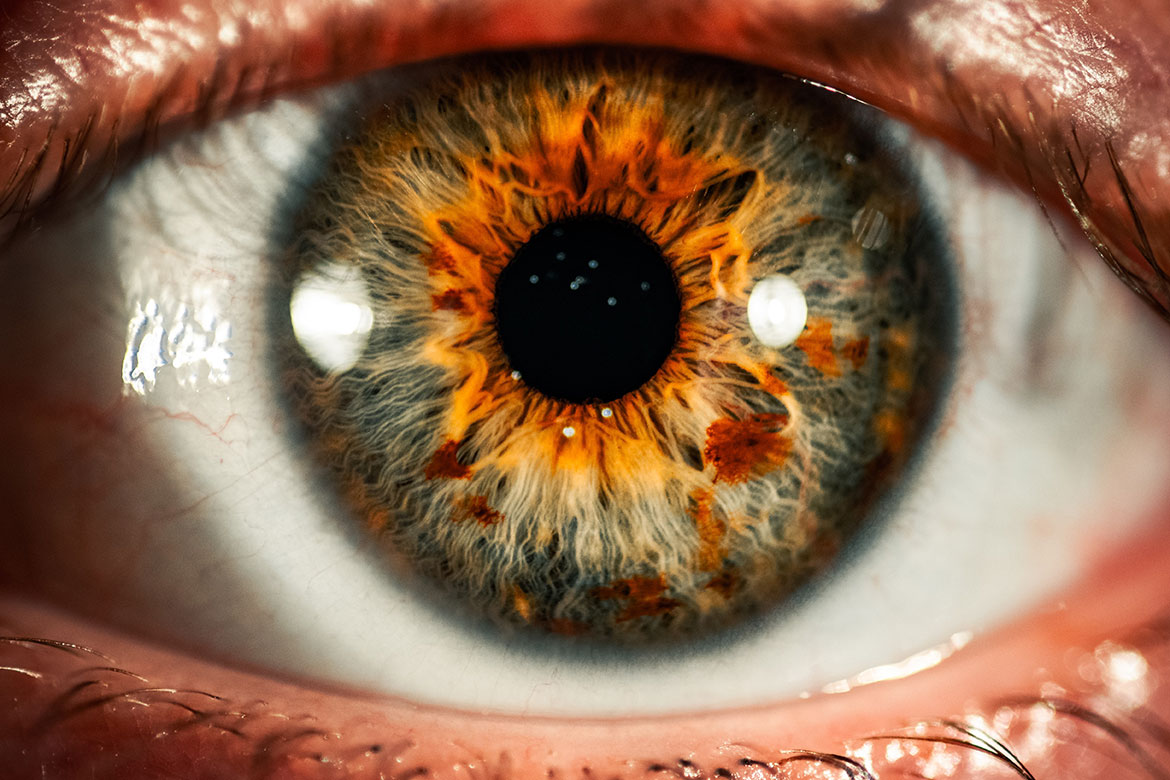Olivier Dessibourg: “Our texts aren’t things of beauty”
Heidi News is a new online service in French-speaking Switzerland launched on 2 May 2019. Surprisingly, its inaugural column, or ‘flux’, is dedicated to science. With annual subscriptions costing CHF 160, it has already attracted 2,000 subscribers. Its founder and deputy chief editor, Olivier Dessibourg (44), is optimistic about its future.

Online media must get to the heart of the matter - with clear and concise texts that look like CEO briefings, according to the science journalist and deputy editor-in-chief of Heidi News Olivier Dessibourg, who sees himself as a curator of signals from the scientific world. | Picture: Lea Kloos
Olivier Dessibourg, how’s Heidi News doing?
Very good. It’s like a gushing spring. We’ve got lots of ideas and are full of energy.
You publish roughly ten items of news online each day. This includes your own contributions and third-party content. Why this mix?
Our editorial staff are like radar, picking up signals from the science world. When we come across a bigger story, we develop it further ourselves and thus send out our own signal, as it were. When stories aren’t so strong, we pass them on as they are – sometimes it’s even just a tweet. We see ourselves as curators – we choose what we think is important for our readers.
In its first newsletters, Heidi News emphasised that it’s wholly at the service of its readers. But it’s also the readers who have to finance it.
If you want to provide high-quality journalism, you have to be able to live from it. Such information doesn’t come for free. And 160 francs isn’t a lot. What’s more, we don’t believe in advertising, because 80 percent of income from that source goes to Facebook or Google. It’s pointless to join in the fray like that. So we are counting on our subscriptions. What’s more, private individuals have altogether invested one million francs. But now we are starting a second round of investment to collect money. We’re also planning to set up a foundation to this end.
Your texts are notable for their high degree of reader guidance. Many paragraphs start with statements such as “Why this is important”. Do readers need that?
They like it. Eighty percent of articles by journalists today are read on smartphones. Almost nobody is going to read over a thousand words of continuous text on their phone. So in the editorial office, we imagined having to brief a CEO for a meeting where he has to explain a difficult problem in five minutes. That meant we were able to liberate our news texts from everything that’s customary, such as a punchy beginning or eloquent transitions. Our texts aren’t things of beauty, but the quality of the content is good.
But in your column ‘Explorations’ on Heidi News, you take the opposite approach. These are series in umpteen parts, and the individual texts are very long. So what are you actually aiming for?
We want both extremes. We’ve jettisoned everything in-between. Either you’ll want to read a long story at your PC or on a tablet, or you’ll want to stay informed about the news via your smartphone.
Up to now, Heidi News has focused on science. But you are aiming to launch a new column every six months. How broad-based do you aim to become?
We are looking for niche topics that have their own community. We began with science, but we won’t devote ourselves to that alone.
Why ‘Heidi’?
The name signifies Swissness of course. And if you reduce it to its consonants, it also gives you HD: High Definition. That’s also our logo. We offer HD journalism. The name doesn’t appeal to everyone. But it’s one with staying power.




